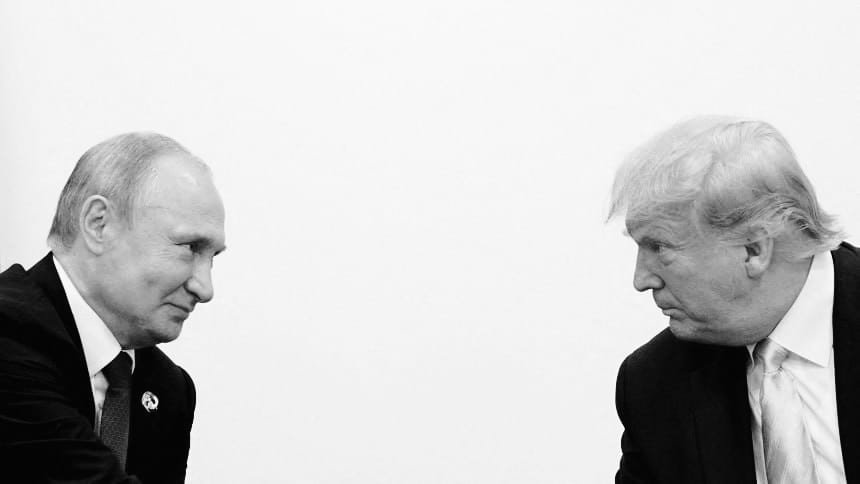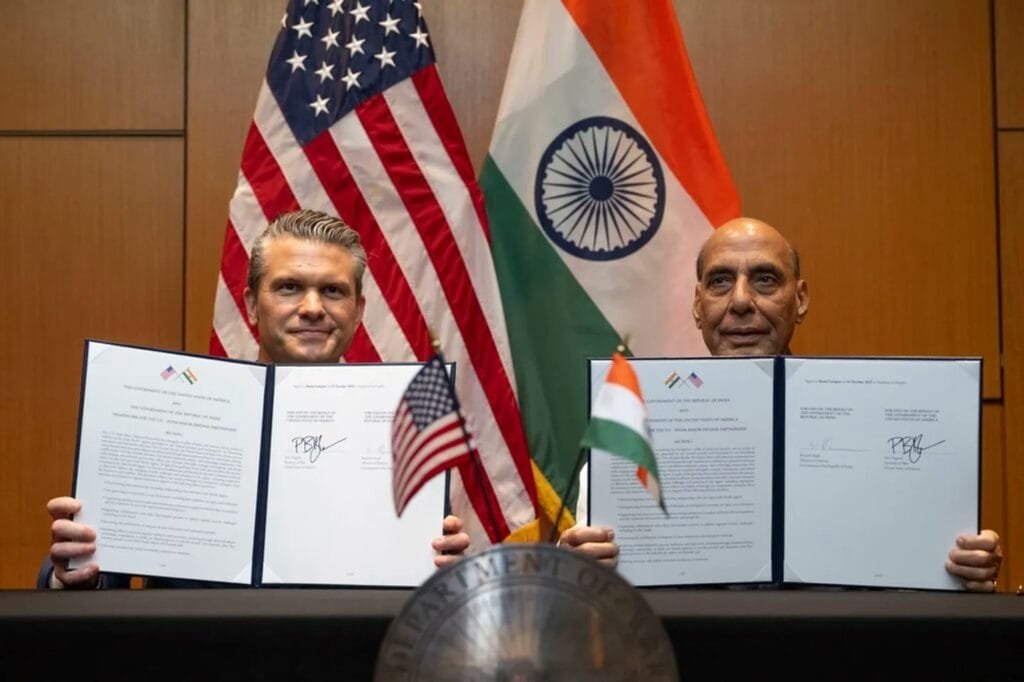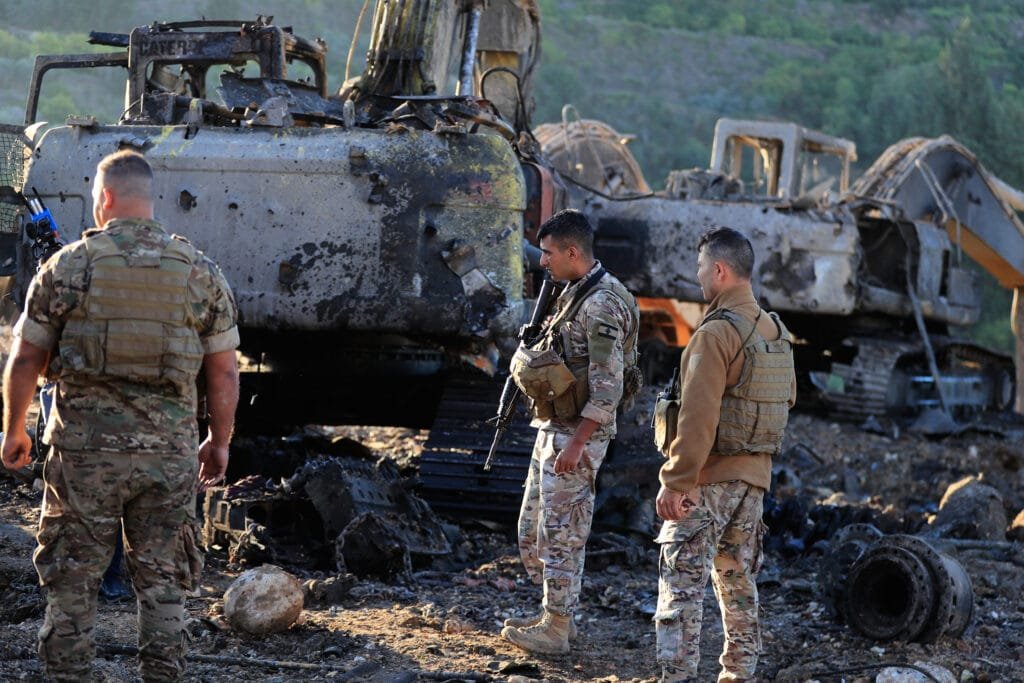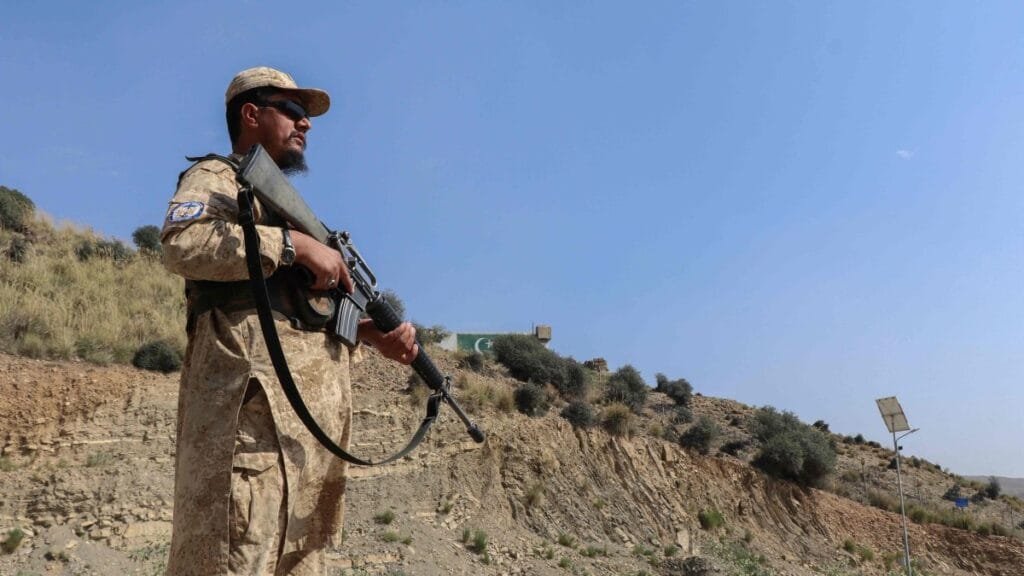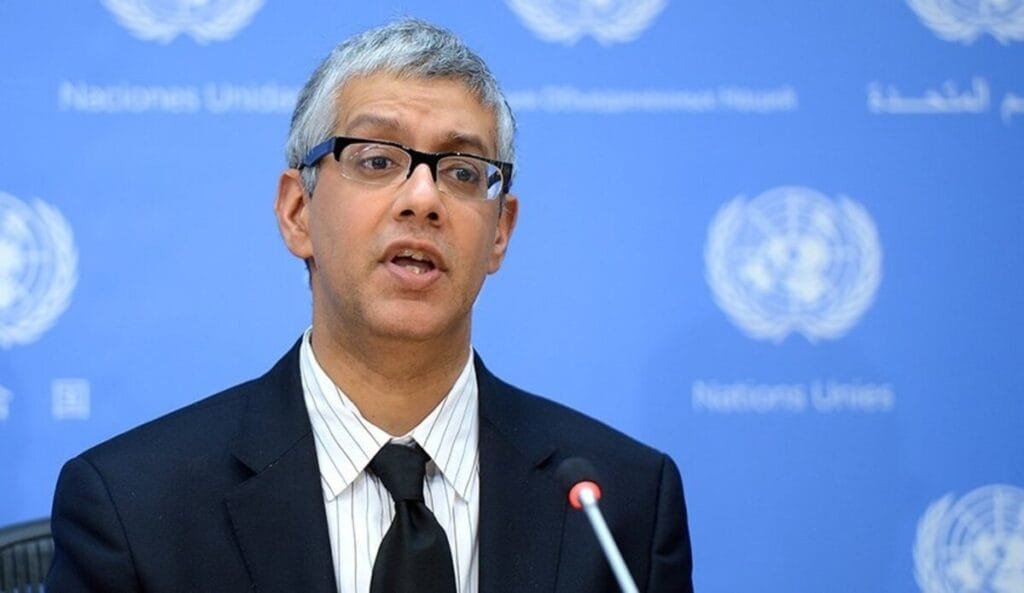Amid a shifting battlefield in Ukraine and mounting political pressures in Washington, the anticipated meeting between Russian President Vladimir Putin and U.S. President Donald Trump is emerging as a pivotal moment in global diplomacy. While the optics may suggest a potential breakthrough, the underlying realities point to a far more complex and constrained negotiation landscape.
For Moscow, Ukraine’s President Volodymyr Zelensky remains a non-starter in any direct talks. Putin has consistently stated that negotiations with Kyiv’s current leadership are “very far away” unless specific Russian conditions are met. Conditions that would amount to significant concessions from Ukraine and its Western backers. Although Trump initially suggested bringing Zelensky into the process, he quickly stepped back, adding to uncertainty over Washington’s position.
Reports from a Polish outlet recently claimed that a leaked U.S. proposal included de facto recognition of Russian-controlled territories, lifting of sanctions, and blocking Ukraine’s NATO membership bid. Zelensky’s administration swiftly denied the report, but analysts suggest it may have been a deliberate “trial balloon” to gauge political reactions before formal talks.
The timing of Putin–Trump meeting coincides with the failure of Trump’s high-pressure sanctions strategy. U.S. threats of secondary sanctions have not deterred Moscow’s partners, India has just sealed a significant deal with Russia, highlighting the limits of Washington’s leverage. With his self-imposed sanctions “deadline” approaching, Trump may see a high-profile summit as a much-needed political win.
From the Kremlin’s perspective, there is speculation about a possible short-term “air truce” halting missile and drone strikes. Such a move would be a low-cost gesture of goodwill that allows Russia to replenish its arsenal without changing the broader military trajectory. A full ceasefire, however, appears unlikely, as Russian forces continue to make steady gains. Ukrainian defenses are faltering in key areas: Russian deep-reconnaissance units are active in Pokrovsk–Mirnograd, Konstantinovka faces semi-encirclement, supply lines near Kupyansk are under threat, and Seversk’s fortifications are weakening.
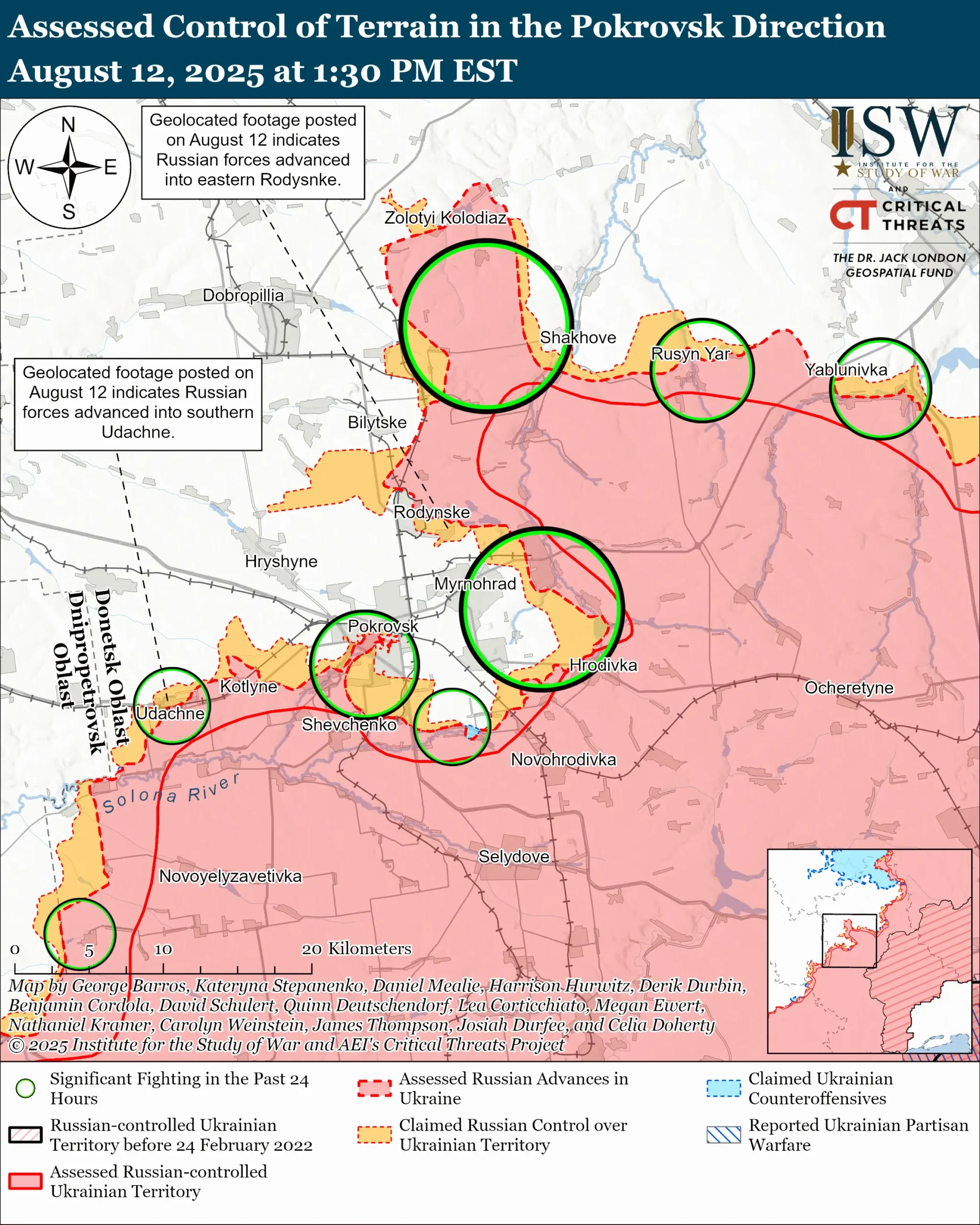
On the diplomatic front, Kremlin aide Yuri Ushakov has hinted that certain U.S. offers might be “acceptable,” though these likely concern bilateral issues rather than a Ukraine settlement. Yet, the Trump administration’s recent designation of Russia as an “extraordinary threat” underscores the entrenched hostility that will shadow any dialogue.
The likely outcomes range from a temporary air truce to prolonged negotiations without resolution, with the possibility that the U.S. quietly eases sanctions in exchange for symbolic concessions. The most dramatic scenario would be a rapid Ukrainian military collapse, which would force NATO into urgent recalculations as Russian forces advance.
In this strategic equation, Putin holds the upper hand. The Kremlin’s military momentum contrasts sharply with Washington’s need for a diplomatic headline. For Trump, the summit could be an opportunity to project statesmanship; for Putin, it is a stage to reinforce his dominance. The decisive variable may not be what is agreed upon at the table, but how long Ukraine’s defenses can hold before events on the ground render diplomacy moot.

